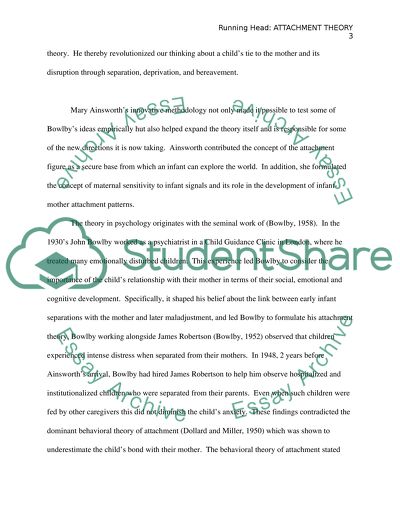Cite this document
(“Literature Review Paper: Attachment Theory Essay - 1”, n.d.)
Retrieved from https://studentshare.org/psychology/1620717-literature-review-paper-attachment-theory
Retrieved from https://studentshare.org/psychology/1620717-literature-review-paper-attachment-theory
(Literature Review Paper: Attachment Theory Essay - 1)
https://studentshare.org/psychology/1620717-literature-review-paper-attachment-theory.
https://studentshare.org/psychology/1620717-literature-review-paper-attachment-theory.
“Literature Review Paper: Attachment Theory Essay - 1”, n.d. https://studentshare.org/psychology/1620717-literature-review-paper-attachment-theory.


